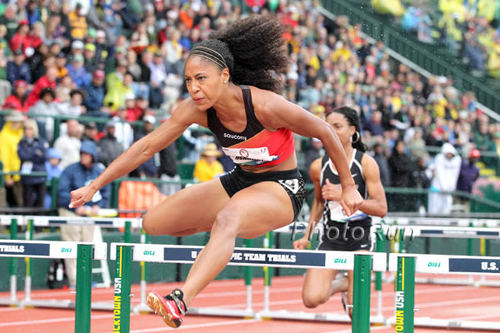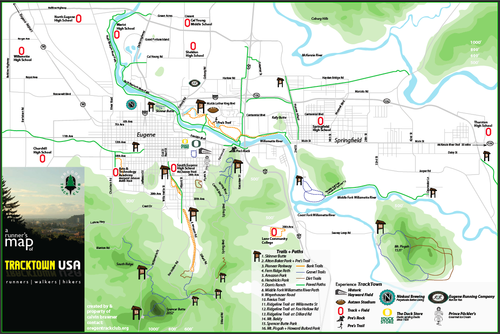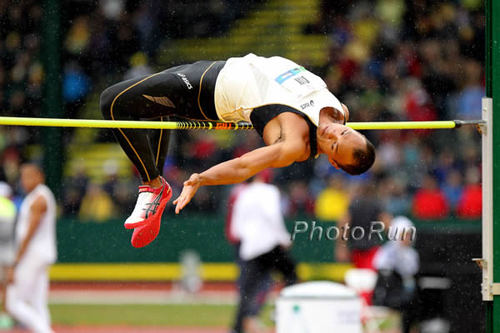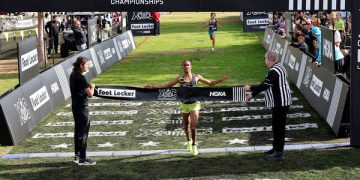I have to admit that I get a real kick out working with young writers. Jon Gugala, one of our newest writers, has huge enthusiasm for the sport, and an eye for details that, as a publisher, I truly admire. This is Jon’s column for June 23, we hope that you will enjoy it!
By Jon Gugala
EUGENE, Oregon
June 22, 2012
Eugene is a pilgrimage.
No matter if you’ve been following the sport of track and field for 20 years or 20 days, nothing beats being on the ground at a big meet, and the U.S. Olympic team trials, from June 22 to July 1 on the University of Oregon campus, is the biggest domestic meet of them all.
You can check websites and you can read magazines; most of how we as fans follow the sport of track and field is by proxy. But on a trip to Eugene for the trials, the word becomes flesh, and if there’s anything than can save this sport and its relevance, it’s the tangible experience.
They say God is in the details, and it’s those details that track finds its salvation.
You get on your flight to Eugene with the whole Stanford crew, including 2011 NCAA Cross Country Championships runner-up Chris Derrick (touted to challenge for that third spot on the U.S. Olympic 10,000m team), lean and tan with a patchy, hockey-style playoff beard. Close behind are Jake Riley, Elliott Heath, and Papa Bear himself, Stanford head coach Jason Dunn.
And then you arrive in Eugene, drop your bags, and where else would you go? You go to Pre’s Trail, an ambling woodchip path along the Willamette River that is the New York City Fifth Ave. equivalent for the distance elites.
You ride your bike past the anachronism of American record-holder Galen Rupp, shirtless and yet still in tights, his calling card pollen-shielding facemask half-disguising him.
(And you yell, “One more day!”–today is the 10,000m final–because, shoot, if you can’t be an unapologetic fan in Track Town USA, then where can you?)
You park the your bike and someone yells hello at you, and it’s Donny Cowart, ranked sixth in the U.S. in the steeplechase and looking for an upset.
As you run together, Cowart says of his chances, “I really feel like I got this.”
Tell me that insider information, as obvious and repetitive as it is, isn’t cool.
And you pass other trials competitors–a blonde girl with a Providence College Friars shirt on that you don’t even know the name of, but it’s a sizing up, a look from tip to top that lets you know that she’s in the best shape of her life, peaked and jittery like a thoroughbred in the chute, waiting for the gates to swing wide.
You pass last year’s USATF 800-meter runner-up Maggie Vessey, incognito in oversized sunglasses, her blonde hair pulled back in an austere ponytail. You say, “How’s it, Maggie?” and she smiles and nods and keeps running.
Eugene in trials season swells with an anticipatory feeling like a theoretical particle that, with just a nudge, will explode in a mess of protons and electrons. But it’s something that you must be present to feel.
This story is absolute propaganda, to elicit the response of getting you here.
In four years, when the trials machine is reborn in Des Moines, Iowa, pack up the family in the station wagon and road trip it to Corn Country. If you’re a college kid, couch-surf.
Just come.
Because over the Internet or on the glossy pages of a magazine we forget the violence that track and field possesses at its highest level, the ragged breath and the coursing blood and the slinging sweat. Too often we watch it neutered and housebroken.
It can take 20 days or 20 years to forget the magic of track and field. To remember, it takes one day in Eugene.
























